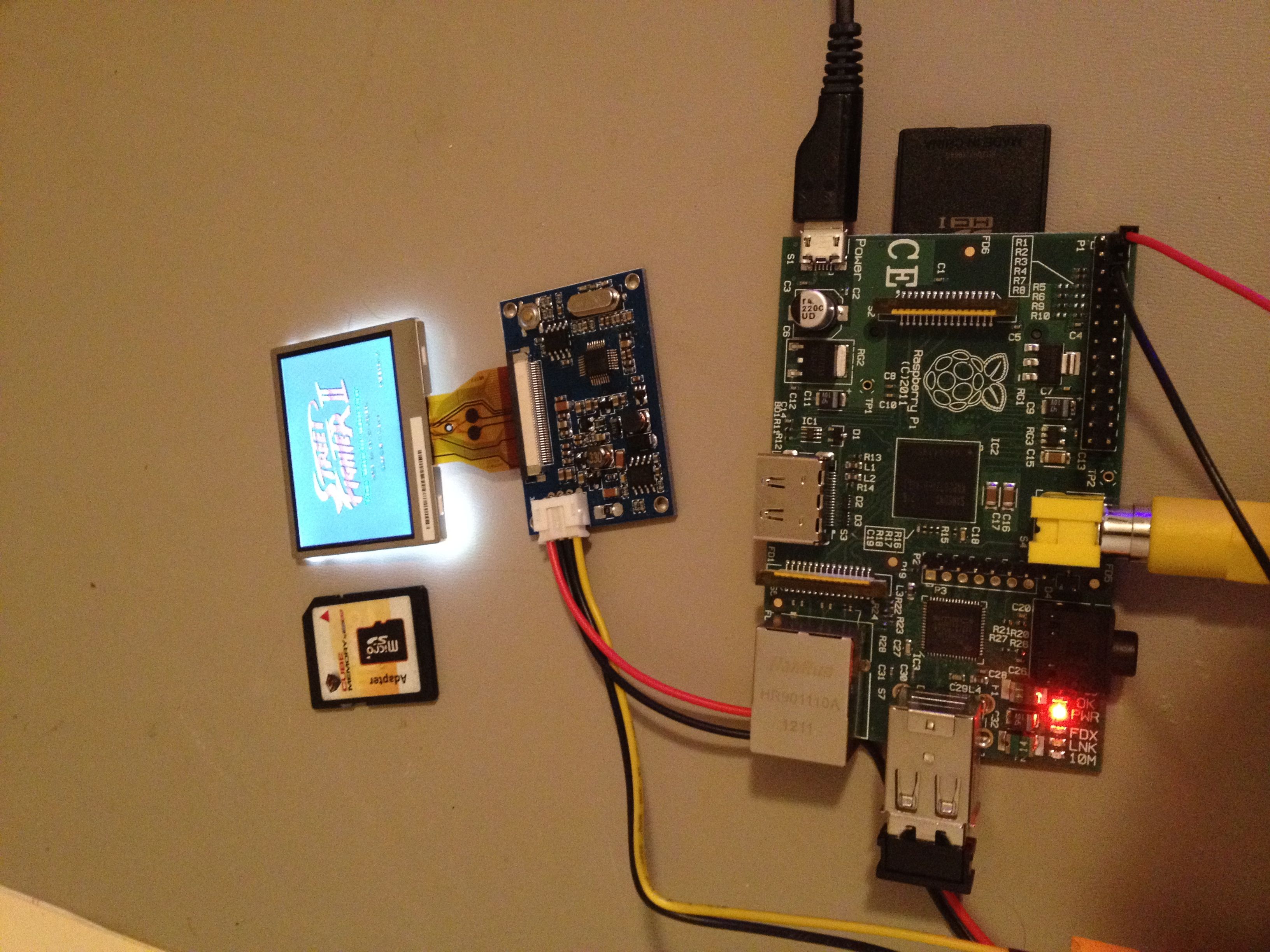

- BEST SMALL RASPBERRY PI EMU IMAGE HOW TO
- BEST SMALL RASPBERRY PI EMU IMAGE SERIAL
- BEST SMALL RASPBERRY PI EMU IMAGE SOFTWARE
- BEST SMALL RASPBERRY PI EMU IMAGE DOWNLOAD
You can really remove everything behind the lip because that won't show in the final product. Start by removing all the pins sticking out, its okay if you damage the metal rectangular box as you will likely be removing that after to make room for your new ports. I then used a dremel to cut out all the extra bits. I also just cut around it and left a little of the board underneath so it would be the right height. Try not to break the little arts that stick out to screw it down. Both pieces are almost the same aside from their location and connections, so I'll just go over this step once.įirst I removed the gray piece from the board.
BEST SMALL RASPBERRY PI EMU IMAGE SERIAL
You can screw the AC port back down into the case to hold the board down.īoth the Serial I/O port and the AV port have these gray plastic pieces that stick out from the PS1 board to the outside of the case so you can plug the respective cables in. When you're all done, neatly tuck all the cables under the board and place the board back into the case. If you solder it right, when the usb is plugged into the wall, the Pi should only receive power when the PS1 switch is pushed in. Use a voltammeter to test which solder points are connected by the switch. Thread them through the holes and solder both cables to each side of the PS1 power switch from underneath the board. Then take the two micro USB cables and strip each one on the necessary side to make a connection from the USB power brick to the Pi if they were to be connected. You're going to want to plug the "Power USB" (the black one in my first picture) into a USB power brick that would usually charge your phone (as long as it is 5 volts). I also popped one of the two metal prongs from the original AC port out, then threaded the powered USB cable through it, it took a little bit of drilling to make the hole big enough. The first thing you're going to want to do is drill holes above and underneath where the original board sits so we can get the USB cable coming in from the back, as well as the micro USB cable coming in from the side. Because of this, we can use the original PS1 power switch as the switch for the Pi. In case you weren't aware, Raspberry Pi's do not have on/off switches, they power on as soon as they receive power.
BEST SMALL RASPBERRY PI EMU IMAGE HOW TO
I recommend you use paste this code into your RetroArch.cfg file so you can exit your games by holding Select + Start, as well as saving by Select + L2, and loading by Select + R2: input_enable_hotkey_btn = 8Īssuming everything is working fine, and you have figured out how to put ROMS onto the Pi, then you can continue. Libre Geek - RetroPie Installation Guide For The Raspberry Pi.SuperNintentdoPi - An A to Z Beginners Guide to Installing RetroPie on a Raspberry Pi.

Life Hacker - How to Build an All-In-One Retro Game Console for $35, the Easy Way.It will take some time, but once you're done you can change the boot screen to my custom PiStation boot up screen if you'd like to stick with the whole PlayStation theme. Once you insert the SD card into the Pi, you can follow any of these guides along the setup process.
BEST SMALL RASPBERRY PI EMU IMAGE DOWNLOAD
Just know that you will need to download the newest release of the RetroPie Project SD-card Image, and burn that onto a bootable SD card of 4GB or more. I'll do my best to answer any questions about this process as I can, I'm just not posting it here so I don't have to reinvent the wheel.
BEST SMALL RASPBERRY PI EMU IMAGE SOFTWARE
Now this guide isn't about the software end, only because there are so many tutorials that explain it better than I could, but I will give a quick explanation, as well as link you to some of my favorite tutorials.


 0 kommentar(er)
0 kommentar(er)
